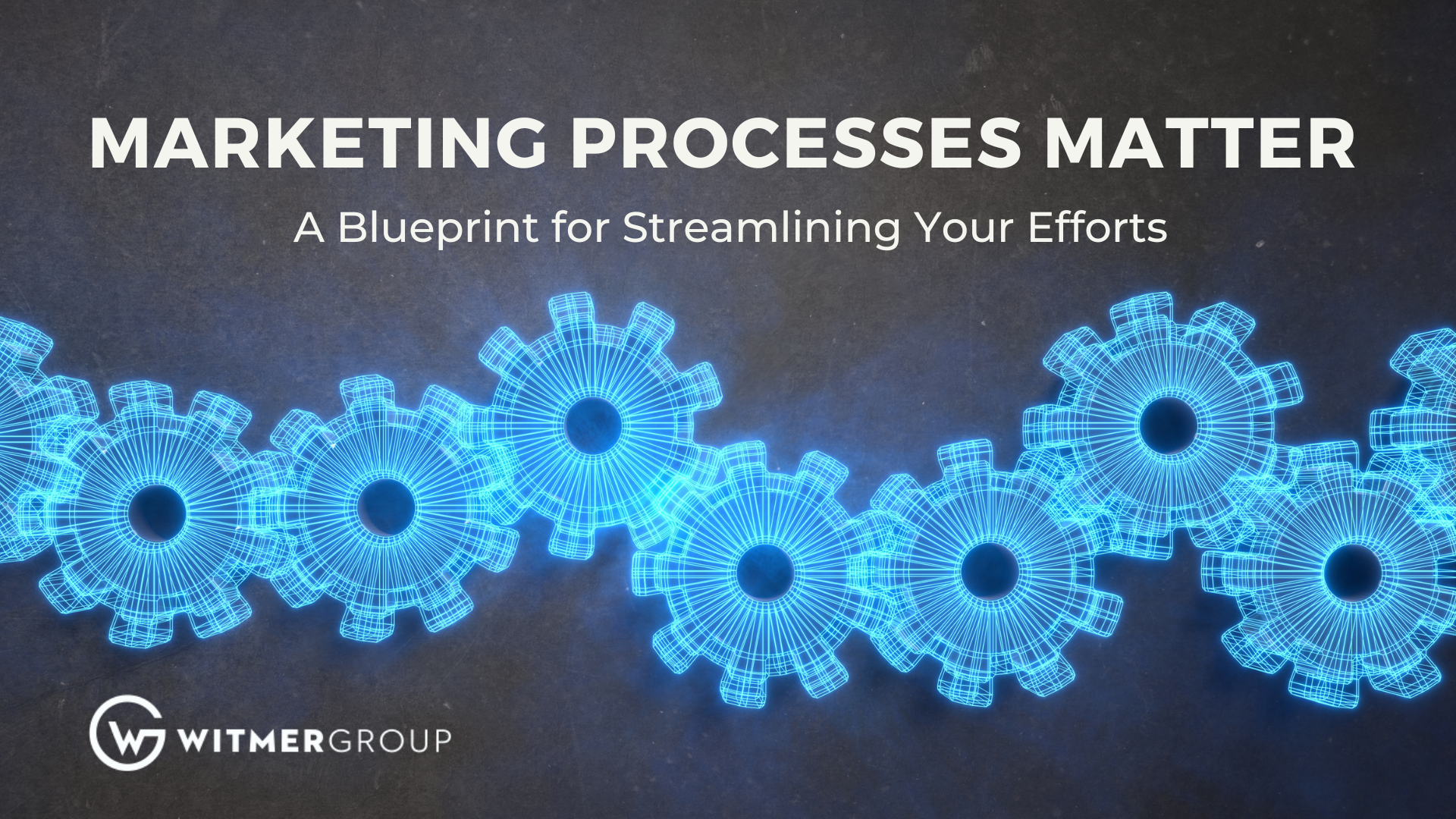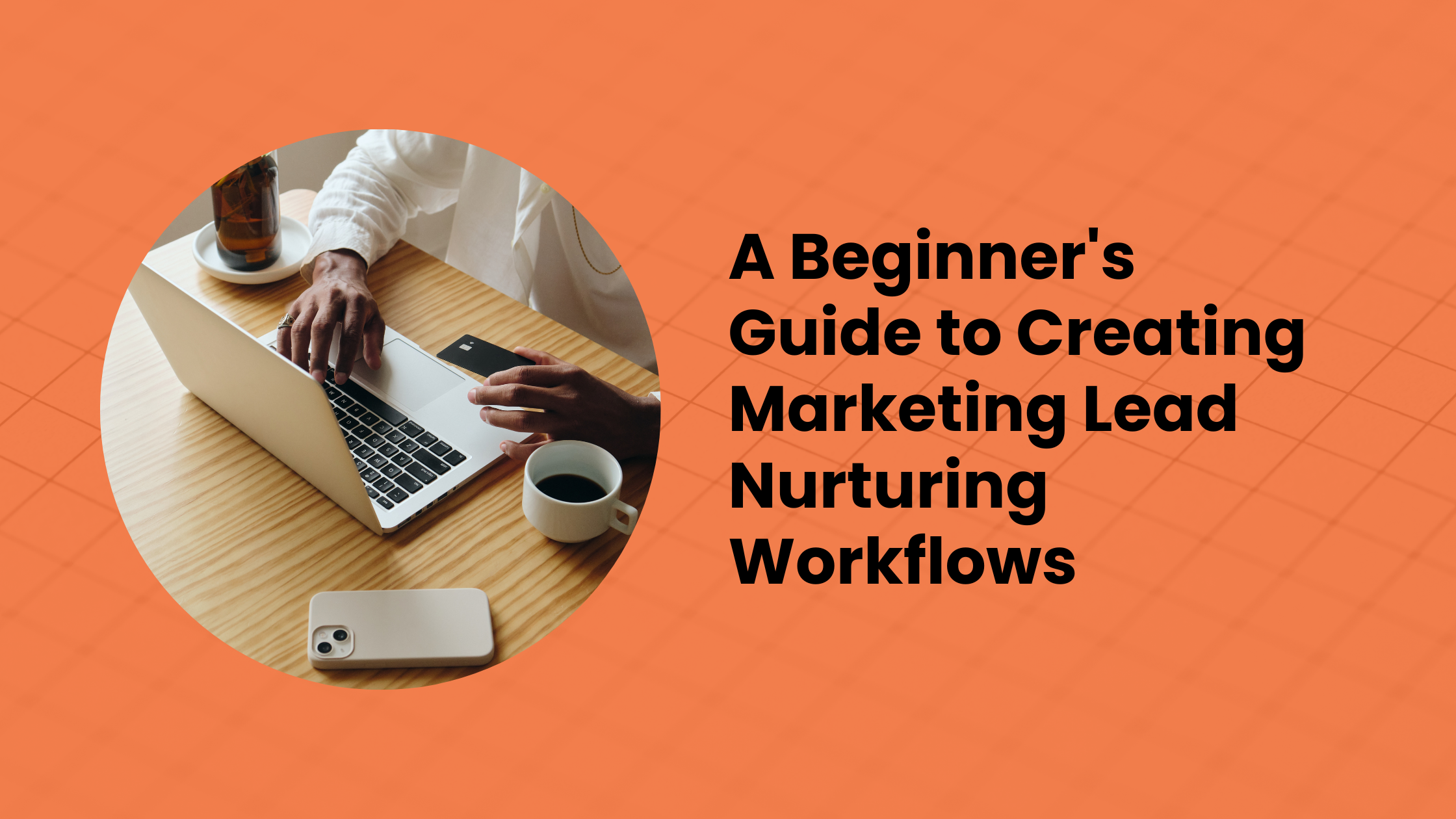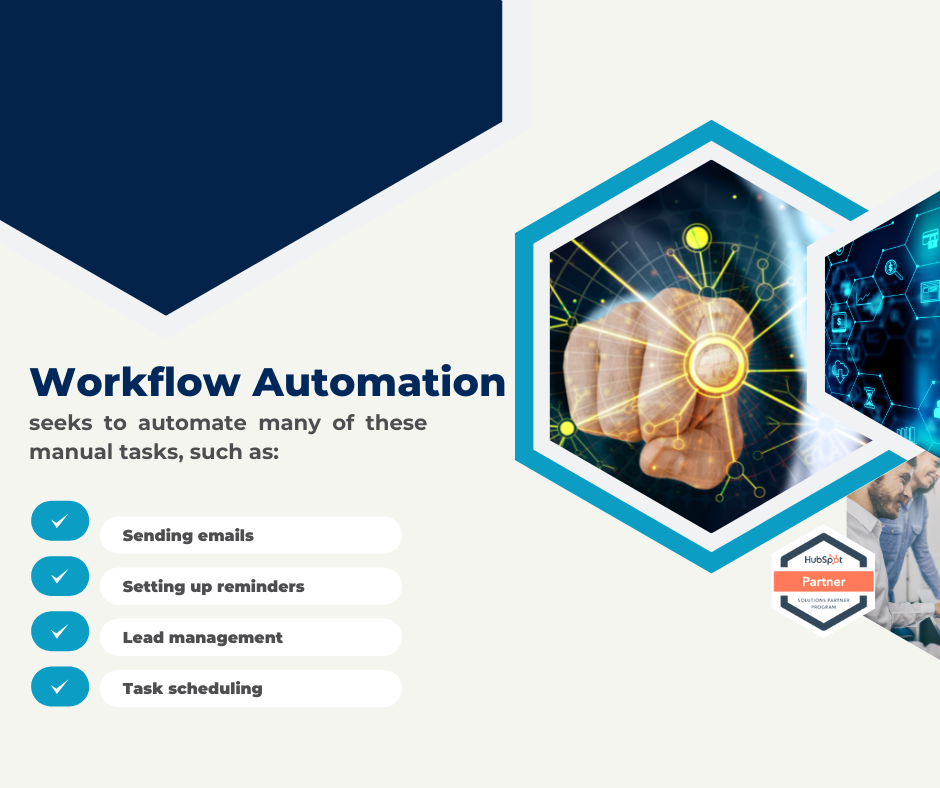Marketing Processes Matter: A Blueprint for Streamlining Your Efforts

Changes that result in smoother workflows and greater customer satisfaction are well worth the time to implement.
In the fast-paced world of marketing, efficiency is key. Yet, for many businesses, marketing processes can often become messy, time-consuming, and overwhelming. This blog post will explore the importance of streamlined marketing processes and provide actionable insights on how to bring order to chaos.
What is a streamlined marketing process?
A streamlined marketing process is marketing that eliminates unnecessary steps so that repetitive tasks can be automated and communication optimized, resulting in more efficiency and effective ways to execute campaigns, analyze workflows, and align sales and marketing teams, resulting in a more cohesive marketing process.
Ditch messy, chaotic marketing
To avoid wasted time and resources, missed opportunities, frustrated employees, and inconsistent messaging, you must first, identify and eliminate redundancies. When you analyze your current workflows you will be able to identify where tasks are being duplicated or, sometimes, even combined.
How to streamline your marketing process
Automate
Using technology to automate repetitive tasks like email follow-ups, lead scoring, and data entry, will free up your marketing team to focus on activities that mirror your goals. Automation tools let you set up email sequences based on customer behavior and lifecycle stages. The time saved through automation can be seen in your ROI.
Open communication
When you establish open communication channels between marketing teams and other departments, such as sales, everyone is better aligned on goals and responsibilities. Transparent, open communication leads to more consistent customer satisfaction, too.
Customer segmentation
Defining who your customers are by defining personas, lets you reach people on a personal level and deliver the precise messages, offers, and products at the best time. Tailoring marketing messages to your customers’ needs creates better engagement and conversion rates.
Data-driven decision making
Instead of relying on intuition or observation, data-driven decision-making uses data and analysis to guide decisions by collecting data, analyzing it, and using the insights to make decisions that align with your goals and objectives.
Sales and marketing alignment
Lead generation is strengthened when sales and marketing teams work collaboratively to share customer information. This not only creates a more consistent customer experience, but it also drives higher revenue.
CRM system
When customer data is centralized with a CRM system, you can more efficiently manage interactions and track leads throughout the sales funnel. You will experience better customer retention because you will better understand customer needs and be able to provide relevant interactions. A CRM system will also help you to build stronger customer loyalty and reduce churn.
Standardized templates
Consistent design elements for marketing materials will save time on production, ensure consistency across documents, save time by providing a pre-built structure, reduce errors by outlining key information to include, and improve communication by presenting information in a predictable format.
Social media scheduling tools
The tools allow you to plan, create, and schedule your social media posts across various platforms in advance, saving time by automating the posting process, ensuring consistent content delivery, and optimizing posting time to reach audiences at the best moments,
Project Management Tools
Utilize project management tools to track progress and deadlines. These tools let you centralize project information, streamline workflows, increase collaboration, track progress, assign tasks, manage deadlines, and provide a single platform for communication.
Continuous Improvement
Encourage feedback and suggestions for improvement from your team. This fosters a culture of continuous improvement, by adapting to changing market conditions, enhancing customer satisfaction by addressing evolving needs, and empowering employees to identify and implement small improvements.
Benefits of Streamlined Marketing Processes
Improved efficiency
Marketing tasks will be faster with less manual effort, allowing teams to focus on strategic initiatives.
Increased productivity
With clear workflows and defined roles, teams will increase productivity and business growth.
Higher ROI
When marketing campaigns generate more leads and conversions the cost is lower and ROI is higher.
Enhanced customer experience: Delivering more relevant and personalized marketing messages to customers ensures customer loyalty and retention.
Enhanced Collaboration: A well-defined process promotes collaboration and communication within marketing teams.
Consistent Messaging: A streamlined approach ensures consistent messaging across all marketing channels.
Better Results: Ultimately, efficient marketing processes lead to better results and a higher return on investment.
In conclusion
Marketing can be efficient and rewarding by taking the time to implement streamlined processes. Don’t let your marketing get to the messy stage. Take the steps to ensure more productive marketing processes that will inevitably create a foundation for success.
Take the first step to streamline your marketing processes by sharing this blog post with your teams and colleagues. Everyone will benefit by embracing a more organized, efficient approach. Witmer Group invites you to leave a comment below and share your experiences with marketing processes. We would love to hear from you.


